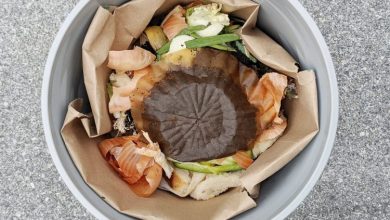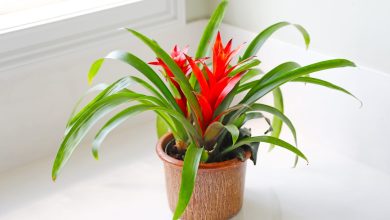Basil Pests and Diseases: [Detection, Causes and Solutions]
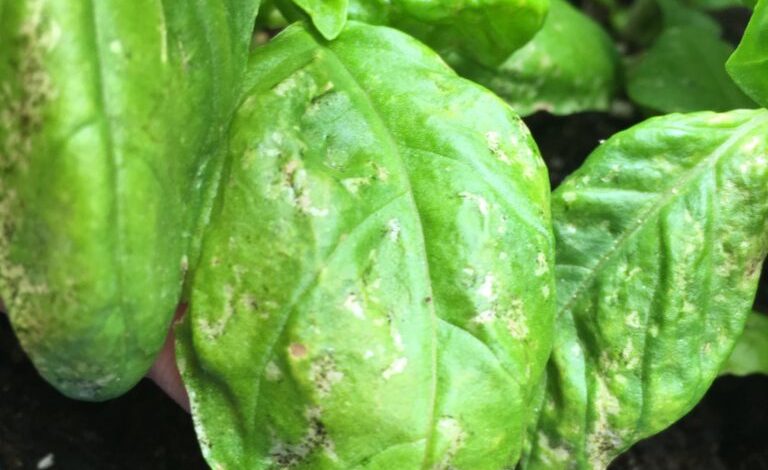
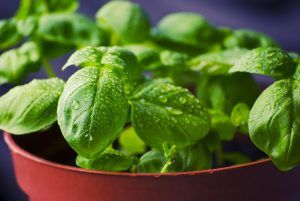 One of the plants that is most used in the kitchen for the rich flavor that it adds to preparations is basil.In addition, it is an excellent option when planting it in your garden, since it does not require much care.
One of the plants that is most used in the kitchen for the rich flavor that it adds to preparations is basil.In addition, it is an excellent option when planting it in your garden, since it does not require much care.
What you should keep in mind so that it always looks green and radiant is that there are pests and diseases that could attack it.
And we will have a step ahead of them thanks to the information that we give you today in this post.
aphids
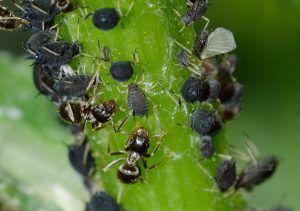 When it comes to verifying pests that are common in basil crops , aphids become an obligatory reference.
When it comes to verifying pests that are common in basil crops , aphids become an obligatory reference.
Its size does not exceed 3 mm and although it is most common to see them in colors such as green or yellow, they can also appear in other shades such as red or black.
The location within the structure of the plant is usually on the underside of the leaves and, in some cases, on the stem.After secreting the sap of the plant (which is their food source), they produce a substance known as molasses, which is the gateway to disease.
When there are few aphids, their damage is not very obvious, but when they attack in large numbers they will turn the leaves yellow and damage their structure .
Due to the shape and size of basil, it will be easy to treat with the help of natural compounds such as neem oil.
In some cases, even just cleaning with a strong jet of water will solve the problem.
basil miner
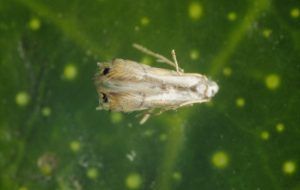 The leaf miner is another frequent pest that is evidenced by the presence of small black spots on the structure of the leaves.
The leaf miner is another frequent pest that is evidenced by the presence of small black spots on the structure of the leaves.
Although at first it might seem that it is just a fungus, the reality is that it is an insect that opens a hole in the leaves to lay its egg .
When this egg hatches, it produces a larva that feeds on the structure of the leaf and it is through this action that the damage is produced.Afterwards, what remains on the leaf with that star-shaped and black color is indeed a fungus.
If the fungus is allowed to progress too far, the affected leaves will eventually dry up and fall off the plant.
The treatment of this condition is one of the simplest that exists and consists of removing the affected leaves and throwing them away from where the crops are.
snails and slugs
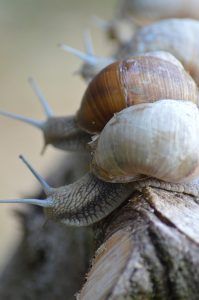 When it comes to detecting if the snails or slugs are attacking, it will suffice to look at the leaves of the plant, since they most likely have holes that go from one side to the other .
When it comes to detecting if the snails or slugs are attacking, it will suffice to look at the leaves of the plant, since they most likely have holes that go from one side to the other .
These are usually of a considerable size and restrict the proper development of the photosynthesis process, so the plant will begin to turn pale.
The most common is that they attack when the environment is affected by weeds or organic waste , especially if it is in the shade and with high humidity.
These are the pests that can cause the most damage to basil crops, but at the same time they are the easiest to eliminate.This is because they have a visible structure due to their size and structure and can be removed simply by picking them up with your hands.
For prevention, it is best to keep the areas clear and clean, and rely on resources such as eggshells to prevent their passage.
Mildew
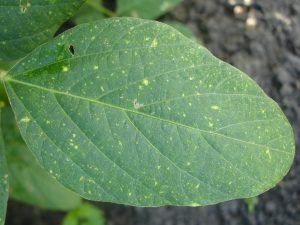 Mildew is a common disease in fruit crops but can also affect plants such as basil.
Mildew is a common disease in fruit crops but can also affect plants such as basil.
Its symptoms cause the leaves to turn yellow following a path that goes from the midrib to the edges.
It is also possible that necrotic spots and a kind of gray hairs are generated on the lower part of the leaves.Preventive measures include the application of natural fungicides preventively.
It is also necessary to take care of the humidity level, especially when temperatures are very high.
Red spider
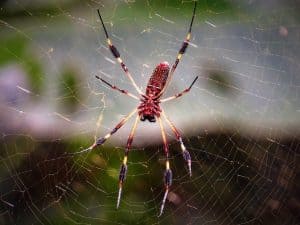 The red spider is considered a very frequent pest in almost any type of crop because it feeds on the suction it makes of the sap present in the leaves.
The red spider is considered a very frequent pest in almost any type of crop because it feeds on the suction it makes of the sap present in the leaves.
It is a small mite that infests developing plants during dry weather days.
This is even more common when the plantation is located in places where the air flow is not very good.
For this reason, it tends to become a real problem in basils that are grown indoors.To avoid this, it is best to keep the crops ventilated, without weeds around and ensuring that the waterings are fair and frequent.
The good news is that after an attack it will be possible to deal with them thanks to natural preparations such as nettle infusion or neem oil .
thrips
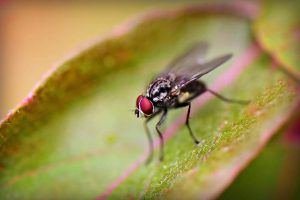 Thrips are the last pest that we refer to and that is because they have a different work system than others that we have already seen that consume the sap.
Thrips are the last pest that we refer to and that is because they have a different work system than others that we have already seen that consume the sap.
In this case, what the thrips do is feed on the cells of the plants, thus absorbing the chlorophyll , which eliminates the green color in the leaves.
Normally, these leaves begin to pale, noticing a rapid change to brown with certain silver flashes.This last detail is what will allow this pest to be differentiated from others that have a similar effect.
Another fact that differentiates thrips from other pests is that they do not like to live in humidity , so spraying the plants with water will help avoid them.
It is also feasible to prune the leaves that are damaged , since the mites are surely on them.
In case of a very large attack, the most effective will be to apply a natural product such as neem oil or potassium soap.Basil is one of those plants that we should all have at home because its benefits are very wide.
But this also entails the responsibility of being careful that they are not damaged by pests or diseases and, in the event that it occurs, we must know how to combat them.

